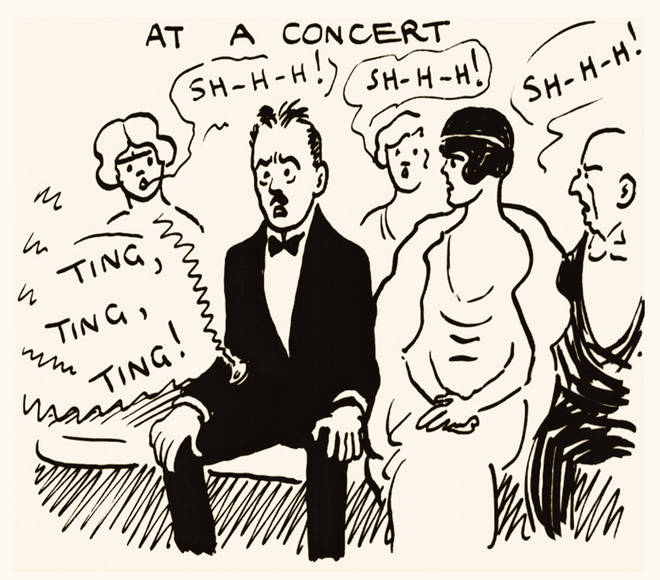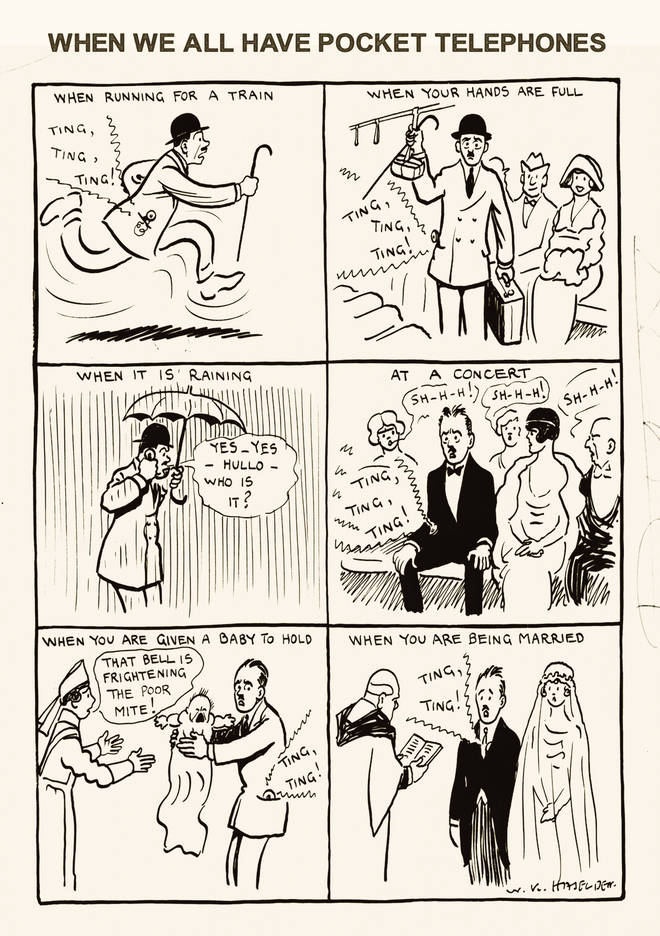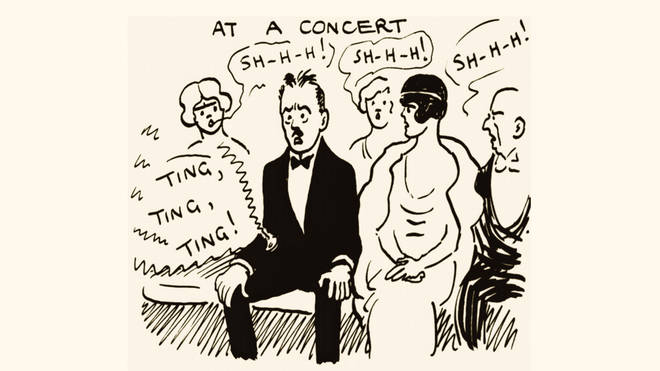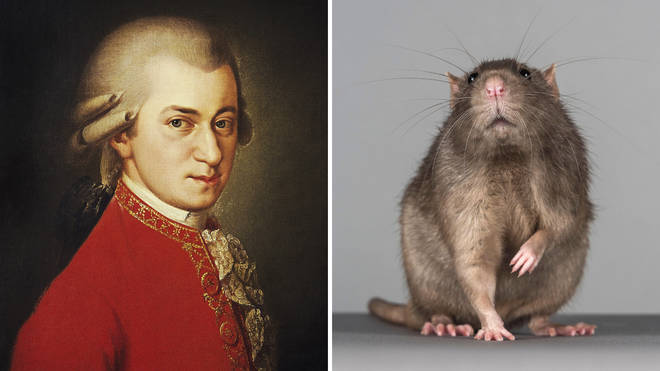A cartoon in the Daily Mirror from the early 20th century almost unbelievably anticipates the sound of ‘pocket telephones’ in the concert hall.
We’ve all experienced it. Sitting in a concert hall or theatre, the audience is hushed, and the music at a beautiful pianissimo...
And then *ding ding ding*, a mobile phone starts to sound of digital beeps or that all-too-familiar ring tone.
But it turns out that English illustrator William Haselden (1872–1953) predicted it all, a whole century earlier, in a cartoon titled When we all have pocket telephones, published in The Daily Mirror in 1919 when the telephone was a very new invention.
It asked: what if we had a portable, pocket or *mobile* telephone with us in our day to day? And how might they interrupt concerts? It’s all quite prophetic...
Read more:

The cartoon was placed alongside other situations where this ‘pocket telephone’ might prove a personal annoyance and social nuisance: whether it be on a busy train, when you’re in a hurry, with babies, or even when you’re at the alter.
Take a look at the full set of the remarkable prophecy below:

Haselden drew political cartoons and caricatures, but became most famous for pieces of social commentary on middle-class fashions and manners. His illustrations, like this one, were often drawn over a number of panels, for which he has been viewed as the father of British strip cartoon.
We wonder what he might have thought if he was instantly transported to a concert 100 years into the future, and hearing the now omnipresent announcement before performers take to the stage: “Could we please ask you all to set your phones to silent”.



